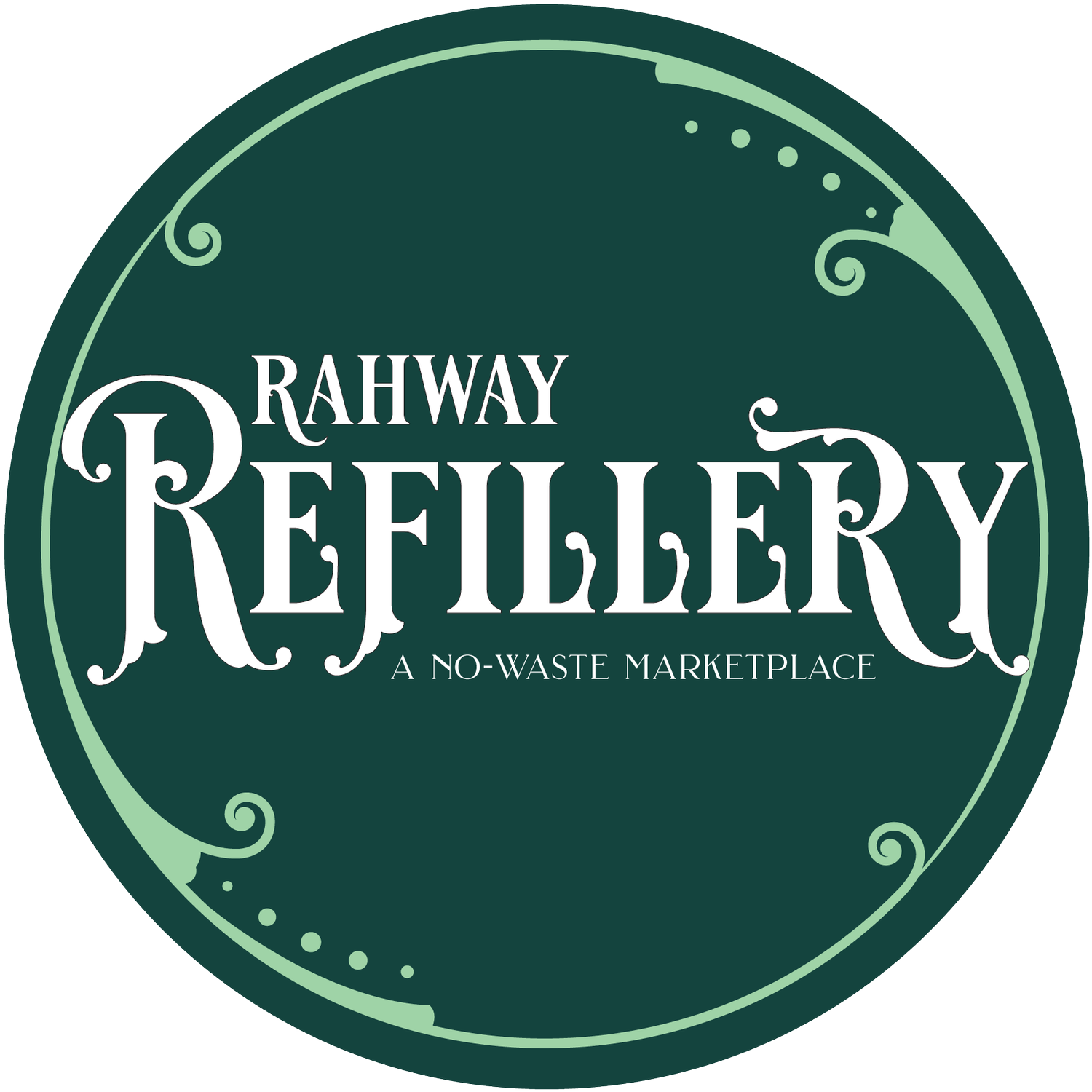Clean Products Make Healthy Skin
Are you dealing with dry skin, rashes, itchiness, skin sensitivity, or irritation without medical reasoning?
While we love lathering in our favorite soaps, lotions, and hair care products, some brands can actually do more harm than good.
Clean, non-toxic products we offer will help keep skin irritation at bay this winter season.
Fragrances, dyes, enzymes, formaldehyde, or other harsh chemicals are often the cause (without a pre-existing condition) of skin rashes and irritation (1). Even forms of eczema are triggered (2) by under-regulated hygienic and cosmetic toiletries. Furthermore, more drastic effects such as liver, kidney, endocrine, and fertility disruptions can appear in your lifetime (3).
How does your skin come into contact with these toxins?
As the largest organ in your body, the skin has an average of 5 million pores (4), all ready to digest the chemical compositions of products we use. Our skin has 7 layers of defense (5), but daily use of a toxic product overrides those defenses. Not to mention, hair follicles are exceptionally absorbent and can easily lead a harmful substance to your bloodstream (6). Using unclean soap, lotion, shampoo, conditioner, laundry detergent, dish soap, hair styler, and even cheaply made cotton balls exposes you to the irritants and allergens causing daily discomfort.
What can you do to protect your body?
Go clean! Reading ingredient labels is always a great practice to get into, but don’t feel discouraged if it feels overwhelming. Avoiding dyes, unspecified fragrances, parabens, phthalates, BHT, formaldehyde, PEG…is a seemingly infinite list to follow. That’s why we are here to guide you to clean living.
At Rahway Refillery, we are dedicated to supplying your skin with non-toxic and eco-friendly ingredients such as our:
What you eat, breath, and lather in is crucial to your well-being. Shop sustainably and help give your body the best care it deserves!
References:
(1): Osborn, Corinne O’Keefe. “How to Identify and Treat a Laundry Detergent Rash.” Healthline, Healthline Media, 19 Apr. 2023, www.healthline.com/health/rashes-from-detergent.
(2): Canter, Julie. “Chemicals to Avoid When You Have Severe Eczema.” WebMD, WebMD, www.webmd.com/skin-problems-and-treatments/eczema/eczema-chemicals-to-avoid. Accessed 11 Jan. 2024.
(3): Adana Llanos. “What’s in Shampoo, Makeup, Creams and Soap? Chemicals That Change You.” Columbia University Irving Medical Center, 7 Feb. 2023, www.cuimc.columbia.edu/news/whats-shampoo-makeup-and-soap-chemicals-change-you.
(4): Buckhead Dermatology. “Pores 101: What You Need to Know.” Buckhead Dermatology, 10 Sept. 2020, buckheaddermatology.com/pores-101-what-you-need-to-know/.
(5): John P. Cunha, DO. “What Are the Seven Layers of Skin?” eMedicineHealth, eMedicineHealth, 21 Oct. 2020, www.emedicinehealth.com/what_are_the_seven_layers_of_skin/article_em.htm.
(6): Liu, Xin, et al. “Hair Follicles Contribute Significantly to Penetration through Human Skin Only at Times Soon after Application as a Solvent Deposited Solid in Man.” British Journal of Clinical Pharmacology, U.S. National Library of Medicine, Nov. 2011, www.ncbi.nlm.nih.gov/pmc/articles/PMC3243011/.

